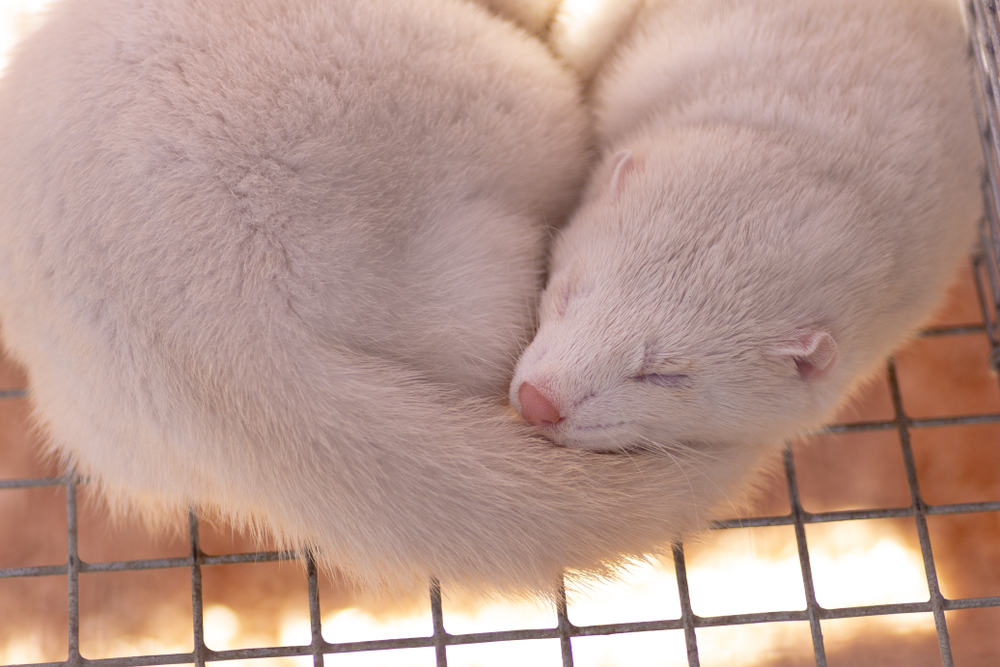The virus strains on a number of infected mink farms in the Netherlands are very similar. It is highly probable that there is a link between those farms. Exactly what kind of link is the subject of ongoing research.
As many as 29 mink farms have already been declared infected with SARS-CoV-2, the virus that causes Covid-19. ‘We see that virus sequences – the genetic code of the virus – on the infected farms fall into five clusters,’ says Wim van der Poel, who leads research on Emerging and Zoonotic Viruses at Wageningen Bioveterinary Research. ‘That means that these virus strains are linked, and that it is highly probably that there is a link between the farms in a group like this.’
Route of infection unclear
The route of infection is still not clear in all cases. ‘It was clear in the case of the first outbreaks that the infection was brought in by staff, but then it turned out that the virus could also be transmitted from mink to humans. The virus sequences found in people working on the farms and in the mink are intermingled, which makes it difficult to find out on the farm what the source and route of infection was.’
What Van der Poel finds reassuring is that people who are infected with one of these five virus clusters always have a direct link with a mink farm. ‘Up to now, the outbreak among the mink only poses risks for people who are in direct contact with the mink farm, and not for the general population.’
The outbreak among mink only poses risks for people who are in direct contact with the mink farm, and not for the general population
Wim van der Poel, Wageningen Bioveterinary Research
Noord-Brabant and Limburg
According to Van der Poel, there are several possible explanations for the fact that Covid-19 has only affected mink farms in North Brabant and Limburg provinces. ‘First of all, this is the region where the first human cases were found, and the number of infections there was high. And that increases the chances of an infected person coming to the farm. There are a lot of mink farms in the region too, and possibly more links between farms, such as staff who work at more than one farm, or the same suppliers.’
Source tracing
Initial results of the research on possible routes of infection are expected in a few weeks. Van der Poel: ‘That is being studied by researchers from Utrecht University on the basis of interviews with the owners and staff of mink farms.’
Downward trend
Van der Poel expects a downward trend in the number of infected farms. ‘Stricter hygiene measures have been in place since mid-July. Staff have to wear protective clothing and face masks to prevent the virus coming onto the farm. This is a quiet time for mink farms too. Before this, it was whelping time and then the pups had to be vaccinated. At such times there are lots of extra workers on the farms, increasing the risk of infection.’

 Foto:Shutterstock
Foto:Shutterstock